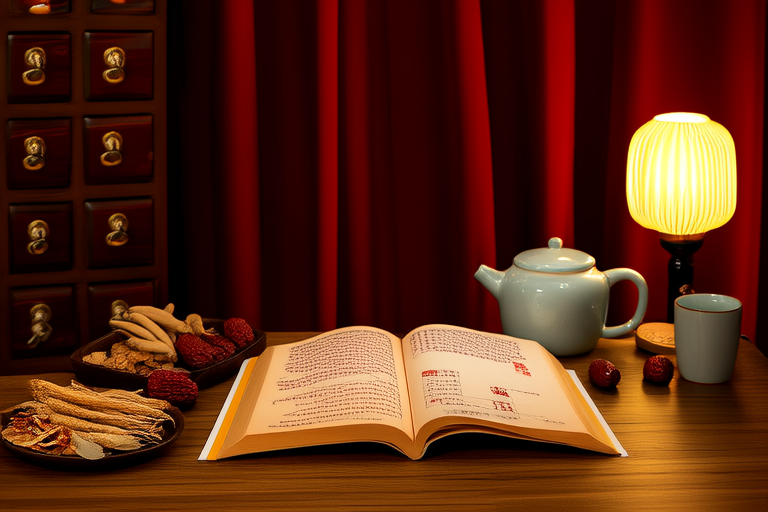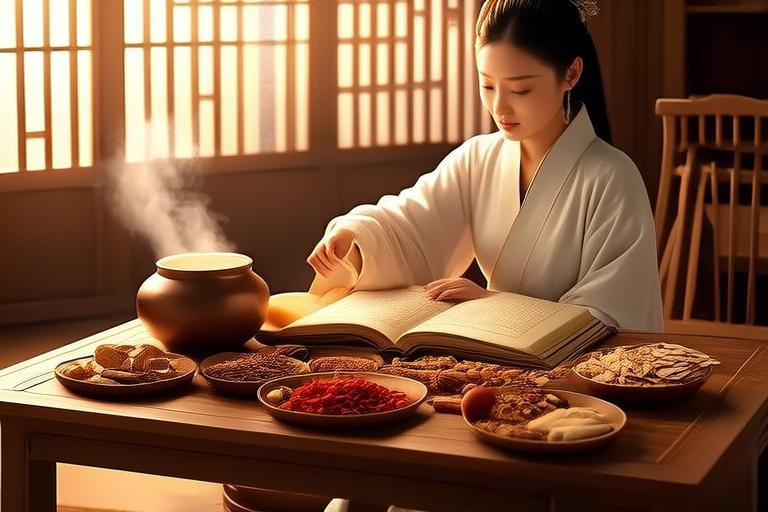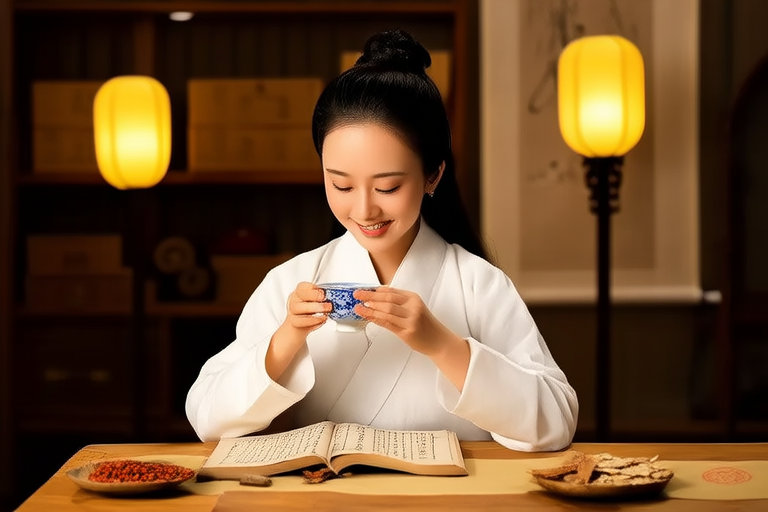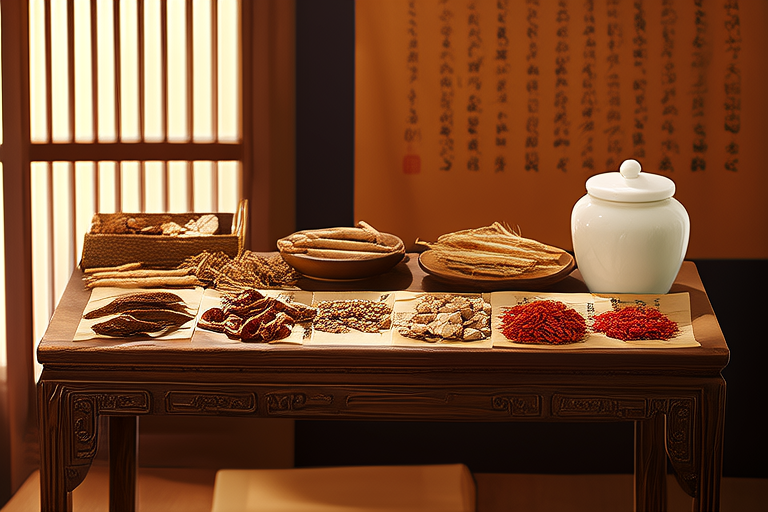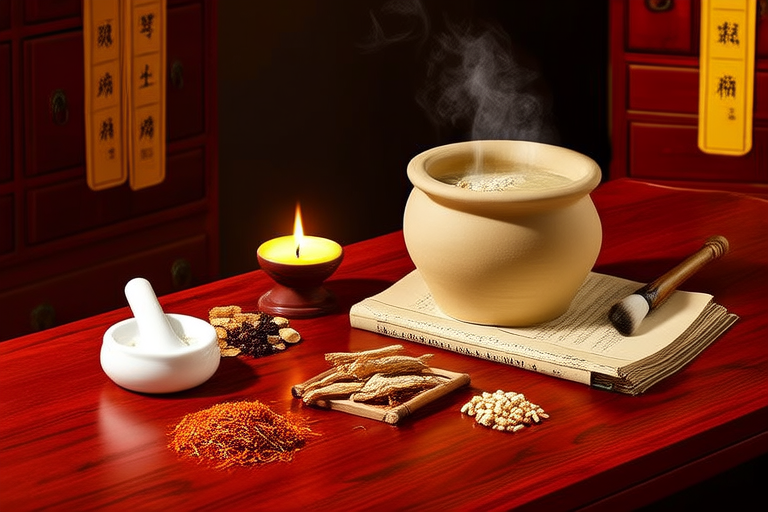Unlocking the Secrets of Longevity: A Guide to Traditional Chinese Medicine Health Preservation
Introduction: The Timeless Wisdom of Traditional Chinese Medicine
For thousands of years, Traditional Chinese Medicine (TCM) has been a cornerstone of health and wellness in Eastern cultures. Rooted in ancient philosophies and holistic principles, TCM offers a unique approach to achieving longevity and vitality. Unlike Western medicine, which often focuses on treating specific symptoms or diseases, TCM emphasizes maintaining balance within the body and harmony with the external environment. This guide delves into the core principles and practices of TCM that promote health preservation and longevity, offering insights into how these time-tested methods can be integrated into modern life.
The Holistic Approach of TCM
At the heart of TCM lies a holistic understanding of the human body as an interconnected system influenced by internal and external factors. Rather than isolating individual symptoms, TCM seeks to address the root causes of illness by restoring balance and promoting the body’s natural healing abilities. This approach is guided by several key concepts, including Qi, Yin-Yang balance, and the Five Elements.
Qi: The Vital Life Force
Qi (pronounced “chee”) is a fundamental concept in TCM, representing the vital energy that flows through the body. It is believed that Qi animates all living things and sustains physical, emotional, and mental well-being. When Qi flows freely and harmoniously, the body remains healthy; however, blockages or imbalances in Qi can lead to illness and disease. Practices such as acupuncture and Qigong aim to regulate and enhance the flow of Qi, supporting overall vitality.
Yin-Yang Balance: Harmony in Opposites
The principle of Yin and Yang describes the dynamic interplay of opposing yet complementary forces within the body and the universe. Yin represents qualities such as coolness, stillness, and nourishment, while Yang embodies warmth, activity, and energy. Health is achieved when Yin and Yang are in balance, and TCM therapies often focus on restoring this equilibrium. For example, someone experiencing excessive heat (a Yang imbalance) might benefit from cooling foods and herbs to restore harmony.
The Five Elements: Nature’s Blueprint for Health
The Five Elements theory—Wood, Fire, Earth, Metal, and Water—provides another framework for understanding health and disease. Each element corresponds to specific organs, emotions, seasons, and aspects of life. By identifying imbalances in these elements, practitioners can tailor treatments to address underlying issues. For instance, someone with digestive problems might have an imbalance in the Earth element, which governs the spleen and stomach.
Practical Methods of TCM for Health Preservation
TCM employs a variety of practical methods to promote longevity and well-being. These techniques are designed to nurture the body, mind, and spirit, fostering resilience and vitality over time.
Acupuncture: Restoring Energy Flow
Acupuncture is one of the most widely recognized TCM practices, involving the insertion of fine needles into specific points along the body’s meridians (energy pathways). This technique aims to unblock stagnant Qi and stimulate the body’s self-healing mechanisms. Modern research suggests that acupuncture may help alleviate pain, reduce stress, and improve various health conditions by influencing neurotransmitters and the nervous system.
Herbal Remedies: Nature’s Pharmacy
Herbal medicine is another cornerstone of TCM, utilizing plants and natural substances to address imbalances and support health. Common herbs include ginseng for energy, goji berries for immune support, and astragalus for vitality. Herbal formulas are often personalized based on an individual’s unique constitution and health needs. While scientific studies continue to explore the efficacy of these remedies, many people find them effective for enhancing well-being.
Dietary Therapy: Nourishing the Body
In TCM, food is considered medicine, and dietary therapy plays a crucial role in maintaining health. Foods are classified according to their energetic properties (e.g., warming, cooling) and their effects on the organs. For example, ginger and garlic are warming foods that can boost circulation, while cucumber and watermelon are cooling foods that hydrate and detoxify. A balanced diet in TCM emphasizes whole, seasonal foods that align with the body’s needs.
Lifestyle Adjustments: Cultivating Daily Habits
TCM encourages lifestyle practices that promote harmony with nature and prevent disease. These include mindful movement exercises like Tai Chi and Qigong, adequate rest and sleep, and stress management techniques such as meditation. Aligning daily routines with the rhythms of nature—for example, rising early and winding down at sunset—can also support the body’s natural cycles and enhance longevity.
Modern Science and TCM: Bridging Ancient Wisdom and Contemporary Research
While TCM has deep historical roots, its practices are increasingly being studied through the lens of modern science. Research has begun to validate certain aspects of TCM, such as the anti-inflammatory properties of herbal remedies and the stress-reducing effects of acupuncture. However, some skeptics argue that more rigorous clinical trials are needed to fully understand the mechanisms behind these therapies. Despite this, many individuals and healthcare providers recognize the value of integrating TCM principles into a comprehensive approach to health.
Actionable Tips for Integrating TCM into Daily Life
Adopting TCM practices doesn’t require a complete overhaul of your lifestyle. Here are some simple yet effective ways to incorporate these principles into your daily routine:
- Practice Mindful Eating: Pay attention to the flavors, textures, and energies of your food. Incorporate warming spices like cinnamon and turmeric during colder months and cooling foods like mint and cucumber in summer.
- Engage in Gentle Movement: Try Tai Chi or Qigong to improve flexibility, balance, and mental clarity. Even short sessions can make a difference.
- Prioritize Sleep: Aim for consistent sleep patterns that align with natural light cycles. Create a calming bedtime routine to signal your body it’s time to rest.
- Explore Acupressure: Learn basic acupressure techniques to relieve tension and boost energy. Pressing on points like the “Hegu” point between your thumb and index finger can help alleviate headaches and stress.
- Use Herbal Teas: Incorporate herbal teas like chamomile for relaxation or peppermint for digestion into your daily routine.
Conclusion: Embracing the Path to Longevity
Traditional Chinese Medicine offers a profound and holistic approach to health preservation and longevity. By understanding and applying its principles—such as balancing Qi, nurturing Yin-Yang harmony, and embracing the wisdom of the Five Elements—you can cultivate lasting vitality. Whether through acupuncture, herbal remedies, dietary therapy, or mindful lifestyle adjustments, TCM provides tools that empower you to take charge of your well-being. As modern science continues to explore these ancient practices, there is growing recognition of their potential to complement contemporary healthcare. By integrating TCM into your daily life, you can embark on a journey toward greater health, balance, and longevity.






